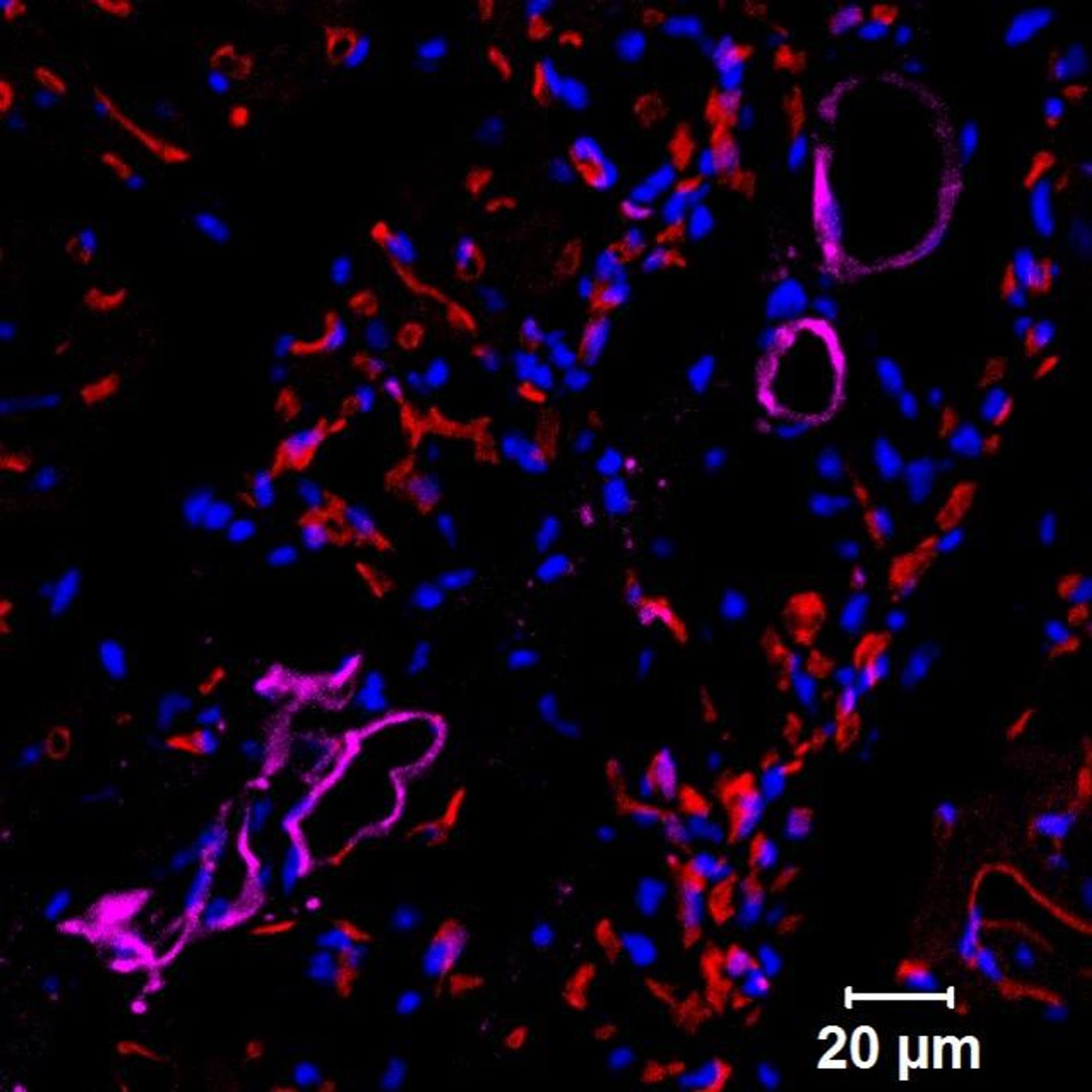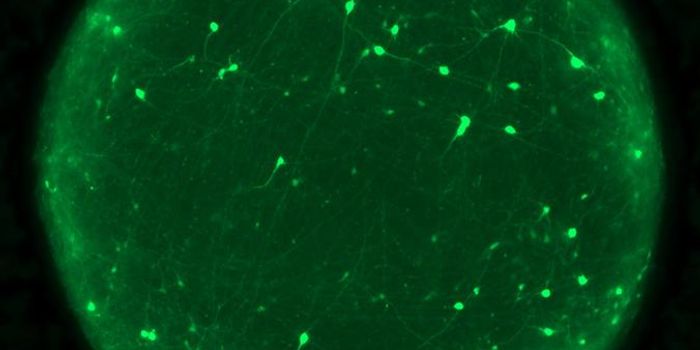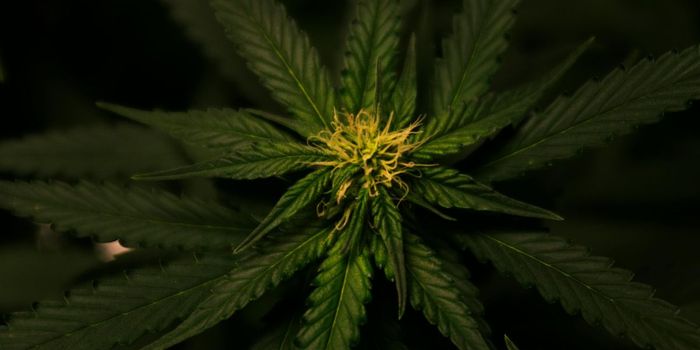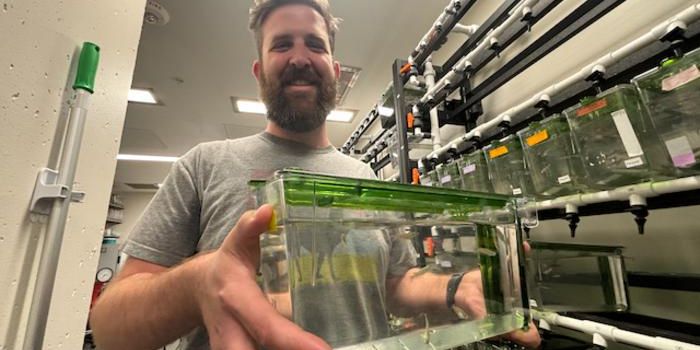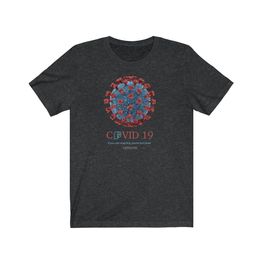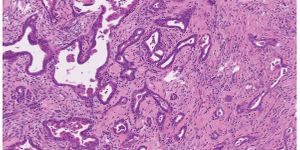Semi-Stem Cells Become Red Blood Cells or Blood Vessel Cells
Transforming simple skin cells into semi-stem cells that can become blood vessel cells or red blood cells is a new alternative to creating pluripotent stem cells or directly reprogramming a cell to become another cell type.
Researchers from the University of Illinois at Chicago are calling the semi-stem cells “intermediate progenitor cells” and the process to create them “partial de-differentiation.”
Unlike pluripotent stem cells, these progenitor cells can be grown in large quantities in the lab to be used for blood vessel repair in patients with heart disease. Progenitor cells have the potential to become a few related cell types, while pluripotent stem cells are essential able to become any cell type.
The key to partial de-differentiation is a gene transcription factor called SOX17; expression levels of SOX17 determine whether the progenitor cells become blood vessel cells or red blood cells. Knowing this, researchers can manipulate SOX17 levels based on the outcome they desire; more SOX17 expression and progenitor cells become blood vessel cells, less SOX17 and they become red blood cells.
"It makes a lot of sense that SOX17 is involved because it is abundant in developing embryos when blood vessels are forming," explained lead researcher Dr. Jalees Rehman.
Cells can be taken from an individual’s own skin to make progenitor cells specific to that person’s genetic makeup. Whether the cells end up becoming red blood cells or blood vessel cells, the individualized method will prevent the risk of rejection when the cells are eventually re-inserted into the body.
The other promising aspect of this approach is the apparent increase in levels of an enzyme called telomerase, which is believed to be involved with cell aging over time. More telomerase means the effect of creating “young” cells, which is especially advantageous for older patients.
"Their cells may already have shortened telomeres due to their advanced age,” Rehman explained. “The process of converting and expanding these cells in the lab could make them age even further and impair their long-term function, but if the cells have elevated levels of telomerase, the cells are at lower risk of premature aging."
The present study’s portrayal of SOX17 and its simultaneous effect on aging and cell differentiation has huge implications for regenerative medicine: repairing faulty blood vessels in heart failure patients and even developing vascular systems in the lab for study.
Sources: University of Illinois at Chicago, Circulation
-
MAY 07, 2024Is It Anti-RNP or Anti-Sm/RNP?
- See More
-
APR 30, 2024Immuno-Oncology Virtual Event Series 2024
-
MAY 07, 20243rd International Biosecurity Virtual Symposium
-
JUN 06, 2024The Future of Scientific Conferencing
- See More
